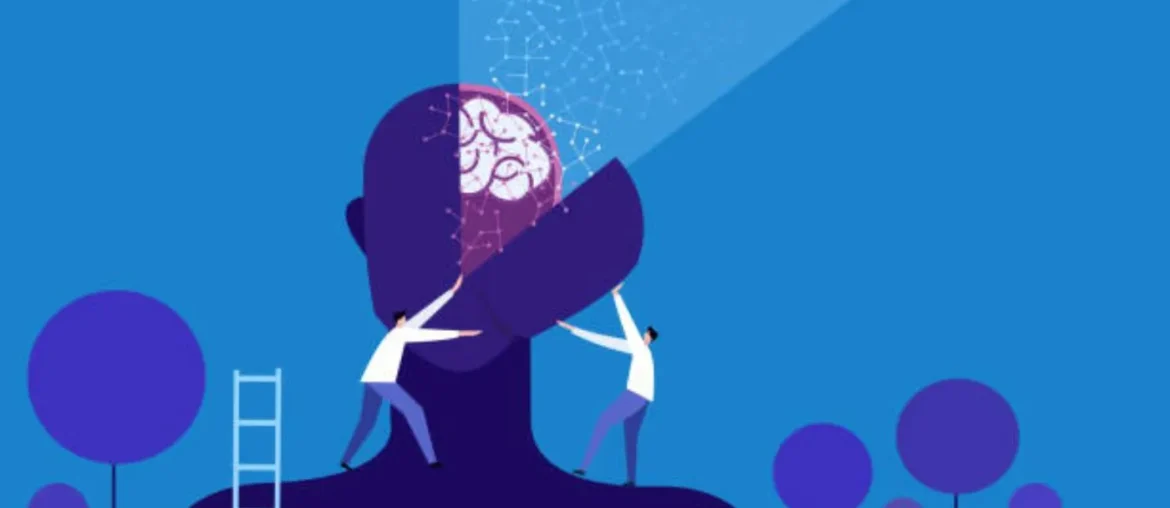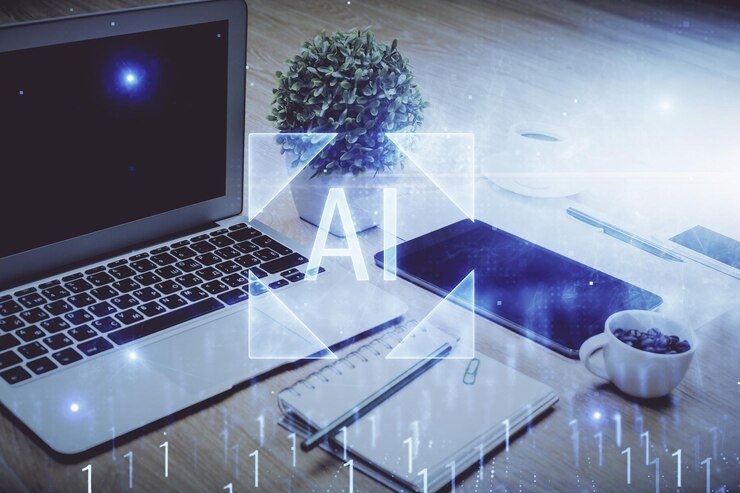In today’s modern age, academic credibility is the basis of education. Plagiarism detection tools like SafeAssign have become important in maintaining this credibility. But as artificial intelligence (AI) evolves, there’s a growing curiosity and concern: Does SafeAssign detect AI content?
What is SafeAssign ?
One popular plagiarism detection program used by educational organizations is called SafeAssign. It carefully examines turned in assignments, comparing them to a large database to find patterns and possible plagiarism.
What Functions SafeAssign Performs?
A plagiarism detection tool called SafeAssign is mostly used in educational settings to maintain academic credibility and ensure originality in submitted works. Its operations are essential to preserving an impartial and truthful learning environment.
Detection of Plagiarism: SafeAssign analyzes submitted papers against a large collection of scholarly publications, online resources, and its own archive of previously submitted works. It highlights possible cases of plagiarism by pointing out textual similarities.
Originality Reports: It helps teachers verify the authenticity of the work by producing reports that show the percentage of the document that matches other sources. For review, these reports provide comprehensive details on matching sources.
Educational Tool: By raising knowledge of correct reference and attribute, SafeAssign inspires students to create creative work. It encourages academic integrity and appropriate research procedures, which makes it an instructional tool.
Learning Management System Collaboration: SafeAssign simply interfaces with learning platforms, making it possible for teachers to use it within their current workflows. The submission, evaluation, and grading of assignments are all simplified by this connection.
Support for Multiple File Types: SafeAssign allows students to submit assignments in a flexible manner by accepting a variety of file types, such as Word documents, PDFs, and plain text files.
Privacy and Security: When doing similarity tests, it protects sensitive information by upholding strict privacy regulations and protecting the confidentiality of provided documents.
Does SafeAssign detect AI?
The purpose of SafeAssign’s design is to detect similarities between content that has been supplied and pre-existing sources, such as websites, scholarly articles, and its own database. It may not clearly recognize AI-generated content as such, even while it is capable of finding matches in text. The tool identifies sections that closely resemble preexisting sources by focusing on identifying parallels in language, structure, and ideas. But if AI-generated content gets more complex and human-like, detection techniques might potentially get better at identifying it.
If content produced by AI looks like previously submitted works, scholarly journals, or internet sources, SafeAssign might report it. Its capacity to clearly identify content as AI-generated, however, may be restricted, particularly if the text produced by AI closely resembles writing by humans or does not have any distinguishing characteristics that set it apart from traditional content. Plagiarism detection software may change as AI technologies advance to more accurately identify content produced by AI.

Advancements in AI vs. SafeAssign's Capabilities
AI continues to grow in terms of complexity and producing writing that is human-like. Because AI is becoming more and more like human language, SafeAssign’s present capabilities, which are centered on text similarity detection, may not be able to distinguish advanced AI-generated content from human-written work. The development of AI makes it more difficult for programs like SafeAssign to distinguish between content created by AI, which may require regular upgrades in order to properly recognize and handle this changing environment of plagiarism.
How to Avoid Similar Content or AI content?
There are multiple techniques to avoid writing and content that is similar:
Originality and Research: Make sure you have an in-depth understanding of the subject by conducting extensive research. To produce creative content, develop your own thoughts and points of view.
Citation & Referencing: Use an accepted citation style (APA, MLA, etc.) to correctly credit your sources. Give credit to the original authors of concepts, quotations, and data with accuracy.
Rephrasing and synthesizing: Rephrase information in your own terms while maintaining its original meaning, as opposed to replicating it exactly. Combine ideas from several sources to produce a synthesis.
Organizing Thoughts: To preserve continuity and prevent mistakenly copying already published content, create a clear framework or structure before beginning to write.
Use Plagiarism Checkers: Before submitting your work, check it for plagiarism using programs like Turnitin or SafeAssign. These resources point out passages that may require clarification or appropriate reference.
Peer Review and comments: To make sure your work is unique and free of inadvertent parallels, ask for comments from peers or teachers. Include recommendations to make it more distinctive.
Create a Unique Voice: Develop a distinctive writing voice and style by incorporating your own viewpoints and thoughts into your writing.
Conclusion
As a plagiarism detection program, SafeAssign concentrates on finding similarities between work that has been submitted and preexisting sources. But people mostly ask Does SafeAssign Detect AI? Although it’s good at pointing out text similarities, it might not be able to precisely identify information created by AI. AI is becoming more and more like human writers, making it harder to tell AI-generated content apart from traditional content. If the text matches pre-existing sources in its database or previously submitted works, SafeAssign may be able to recognize it as AI-generated, though it might not say so clearly. The rapid progression of artificial intelligence presents an ongoing challenge for tools such as SafeAssign to discern and classify such information, underscoring the necessity of continuous modifications and breakthroughs in plagiarism detection technology.




